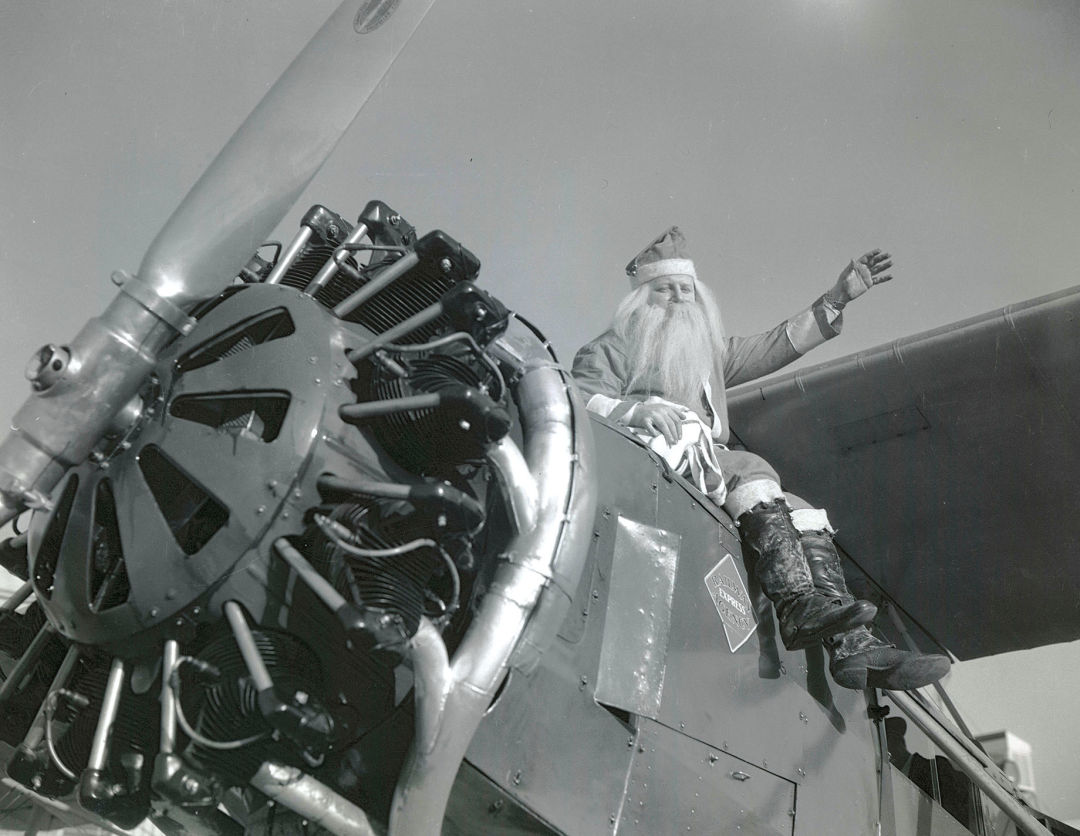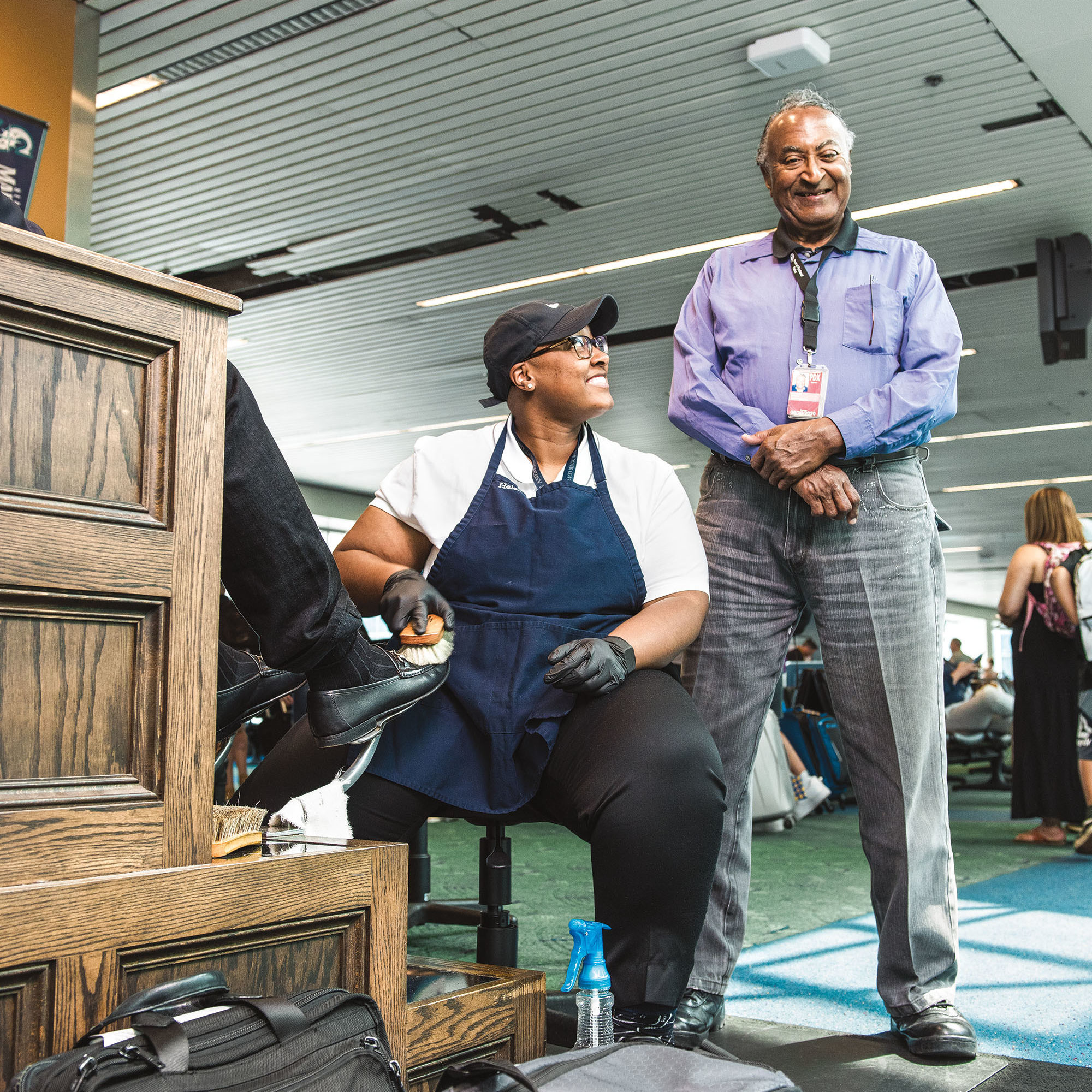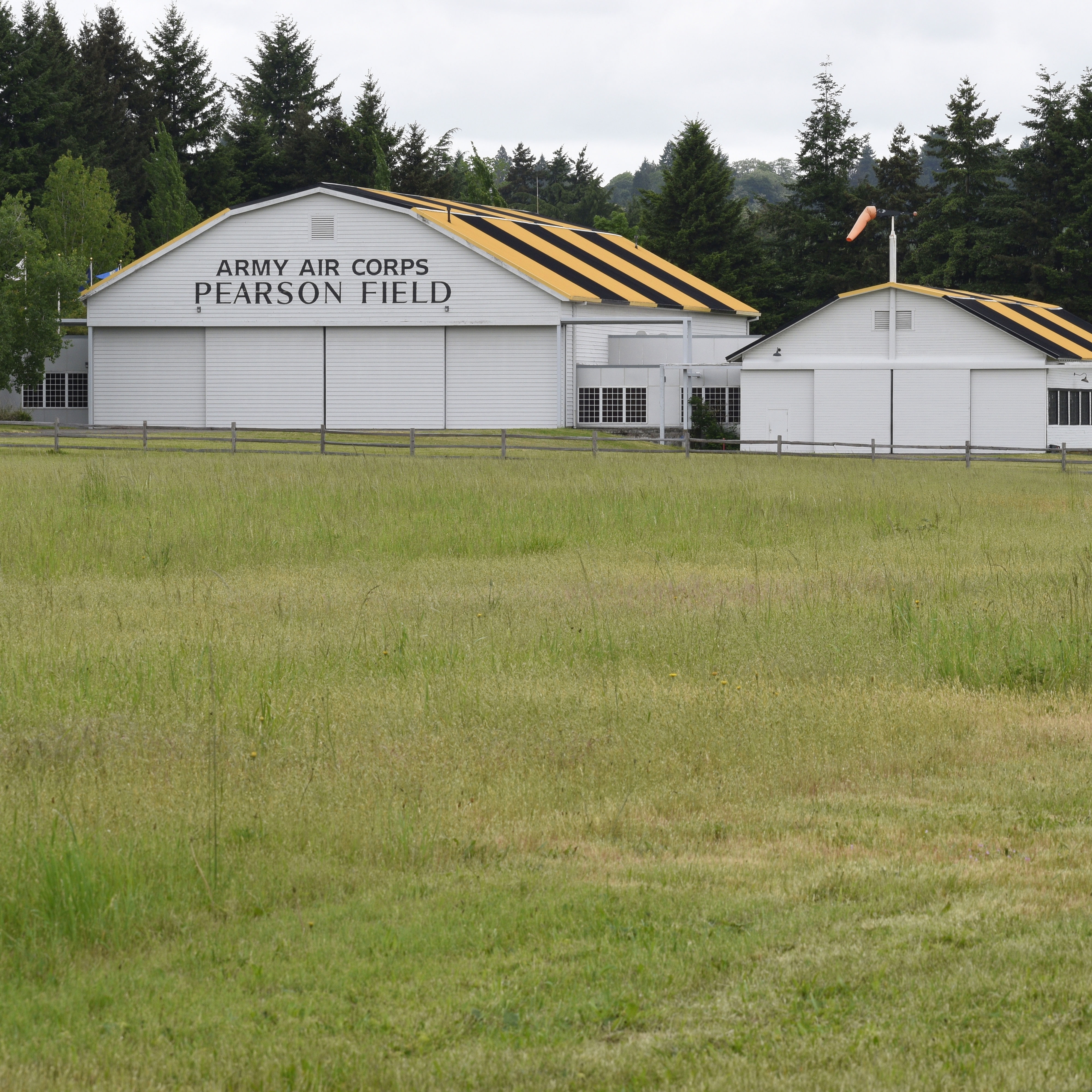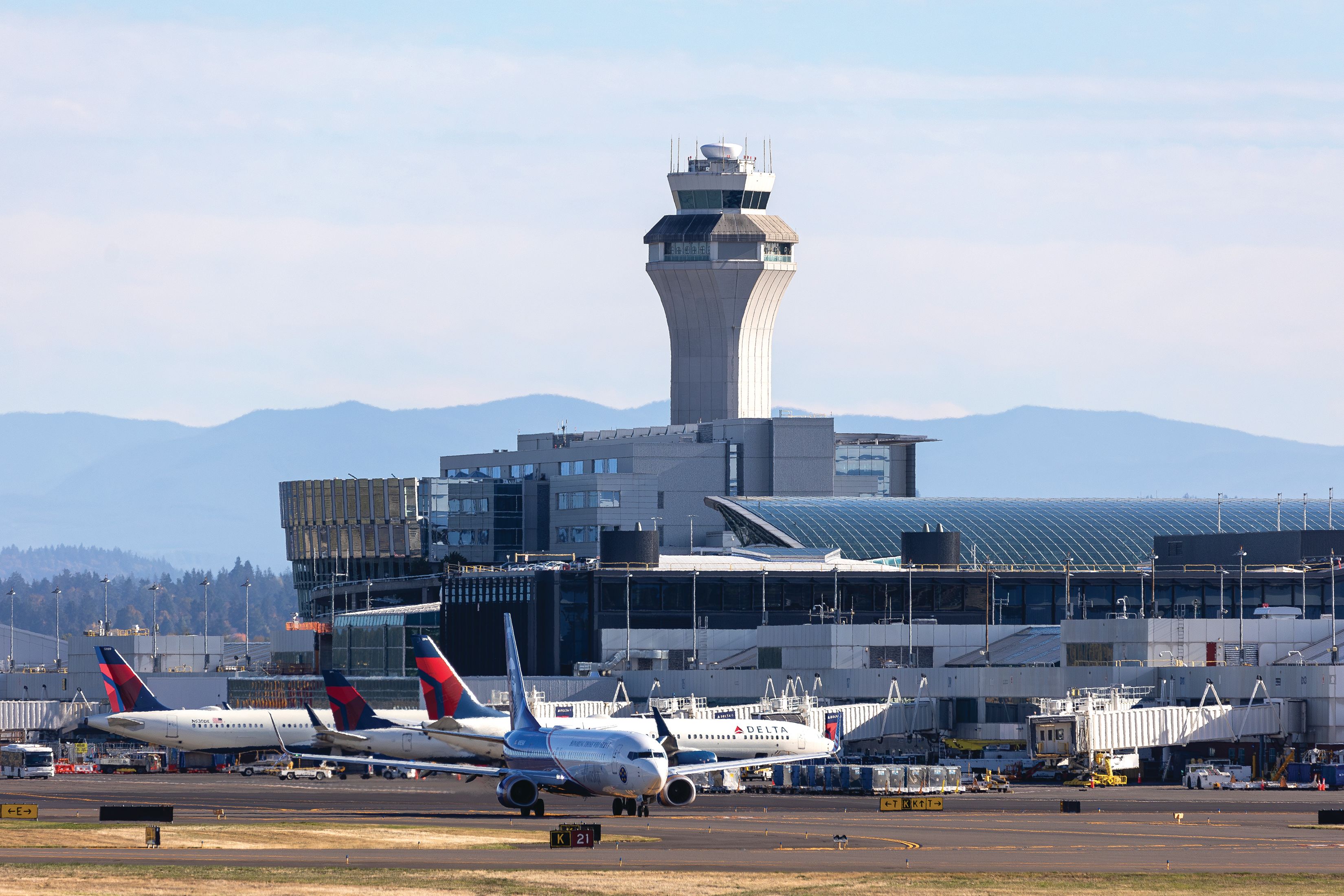The Life and Death of Swan Island Airport
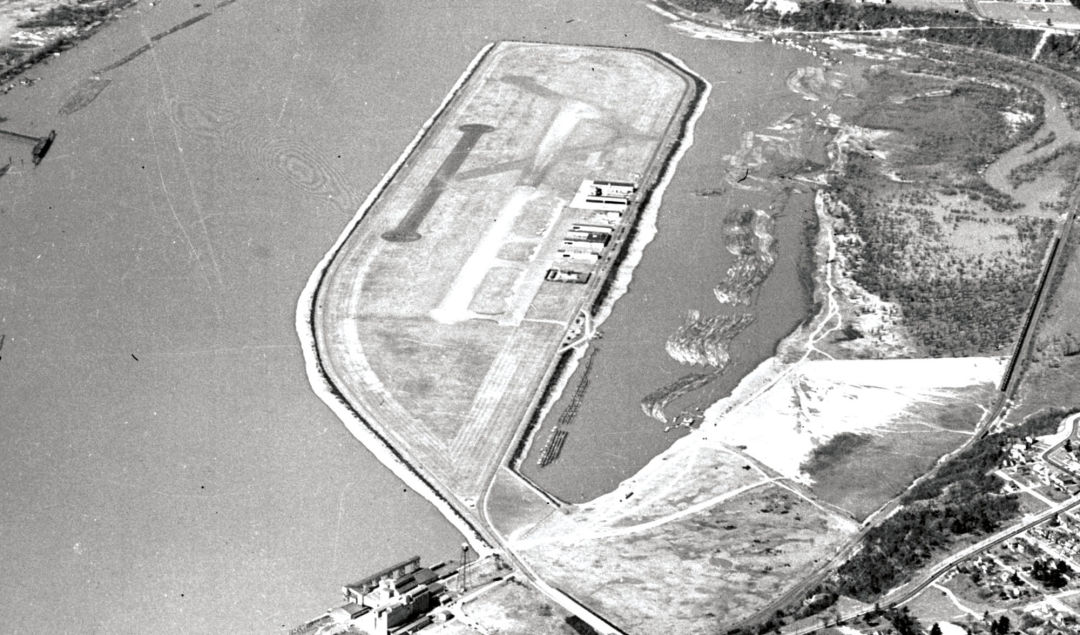
Image: Courtesy Wikimedia
A paisley teardrop of trees and small fields on glass-smooth water—that’s how Swan Island, a place once passed by Chinook peoples on their way up and down the Willamette, appears in a 1920 photo. A lone smokestack is the only hint of its industrial future.
Skip ahead to 1926. In April, Portland’s postmaster-general receives a letter from the federal second assistant postmaster-general, threatening to cut Portland out of planned air mail service if the city doesn’t come up with an airfield closer than Vancouver’s Pearson. A panicky scramble to find a location ensues among city government and business leaders. Lieutenant Oakley Kelly, a pioneering pilot then based at Pearson, tries to persuade Portland to build its first airfield on Swan Island.
Proponents praise the island’s proximity to the city center (not like those loser fields outside of Chicago and New York). Navy officers laud its versatility: you could even land seaplanes there! Since the Port of Portland is already dredging the west channel, there will be plenty of silt to level the land and build a causeway connecting it to the east bank. The city is delighted it’s already under public ownership, so no bond measure will be needed for a big purchase. Development will cost practically nothing.
By early 1927, the channel is dredged and the island raised to a level of 32 feet above water to combat potential flooding. When Charles Lindbergh comes to the dedication in September, the island is three times its original size, and by 1928 the dirt runway has been replaced with gravel. The celebrated airport will later be visited by the likes of First Lady Eleanor Roosevelt, Wenatchee chief and famous tenor Kiutus Tecumseh, and even Santa Claus. Oakley Kelly’s dream has come true, but it won’t last.
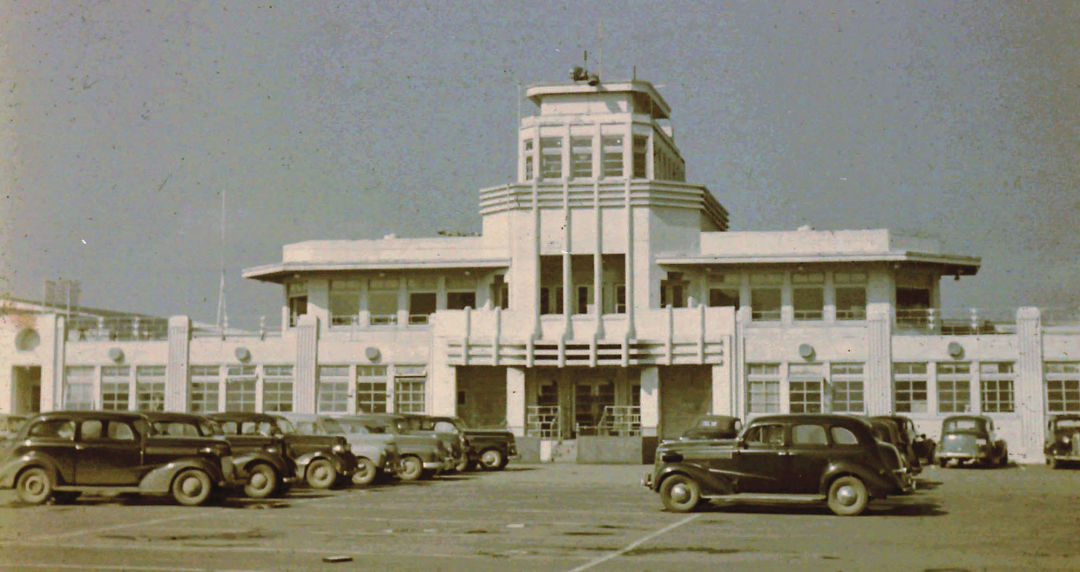
In 1935, the Oregonian reports Portland is again threatened with being dropped from major routes, this time “unless she provides larger and less hazardous facilities.” Turns out, the Swan Island Airport is just too low: the surrounding hills block radio-wave landing communication. And it’s too small. No one cares about seaplanes anymore. The city’s panicked scramble begins anew, and by 1940 the Portland Columbia Airport (now PDX) has rendered the Swan Island facility obsolete.
That’s turned out to be a good thing, too. You can’t beat Swan Island for convenience, but the river made the air bumpy, and ain’t no one got time to be on a 747 trying to land at an airport the size of a postage stamp in the middle of the Willamette River.
